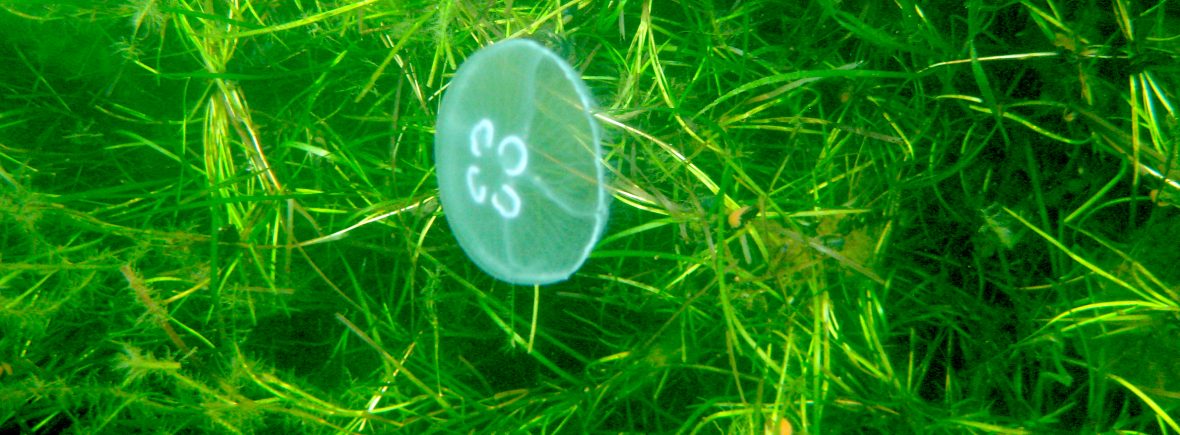PHYtoBenthic Index for Baltic inner COastal waters is an assessment system for macrophytes (defined as angiosperms and macroalgae).
Its concept has been developed by the University of Rostock, working group Aquatic Ecology between 2003–2005 and has been tested in the field, revised and supplemented by MariLim GmbH between 2004–2008. An evaluation of the assessment system with the data sets collected so far has been made in 2013/2014 resulting in a restructuring of assessment parameters and the final assessment, requiring a renaming of the assessment system into PHYBIBCO. In the years 2016–2018 the monitoring was performed according to these improved methods. In 2019, an updated version of the implementation guideline PHYBIBCO has been developed without content-related changes relevant to the evaluation. Information on literature references, technical reforms and deadlines, taxonomy as well as maps and tables for sampling stations were updated.
The assessment system is valid only for the inner coastal waters of the Baltic Sea (national water type B1 and B2) (cf. BALCOSIS). With regard to the spatial extent, soft bottoms are dominant in the inner coastal waters and thus PHYBIBCO uses the characteristic vegetation elements for soft bottom for the assessment: submersed higher plants (spermatophytes/angiosperms) and stonewort (charophyceae). Unattached, specific forms of Fucus and Furcellaria, morphologically adapted to the soft bottom habitat, are regarded at least in specific water types. PHYBIBCO consists of two separate parameters reflecting the different impacts of eutrophication on vegetation:
- ecological significance/species composition and
- depth limit of rooted plants (higher plants and/or charophytes).
Additionally a correction factor has been developed for the metric ecological significance to highlight bays having only remnant vegetation. If the dominance of emersed, rooted plants exceeds the dominance of submersed, rooted plants (angiosperms and charophyceae), the assessment of the ecological significance is downgraded even if the species composition alone is still comparably sufficient.
By this, the normative definitions “occurrence of sensitive species”, “abundance”, “diversity” and “species composition” of the WFD have been covered for soft bottom vegetation in the sublitoral. For each parameter a five-tier classification system has been developed. This allows evaluating, if certain vegetation elements or metrics react differently towards anthropogenic stressors.
How the assessment system PHYBIBCO is to be used is described on the website surface waters assessment.
WFD | BALCOSIS | MarBIT | PHYBIBCO assessment

